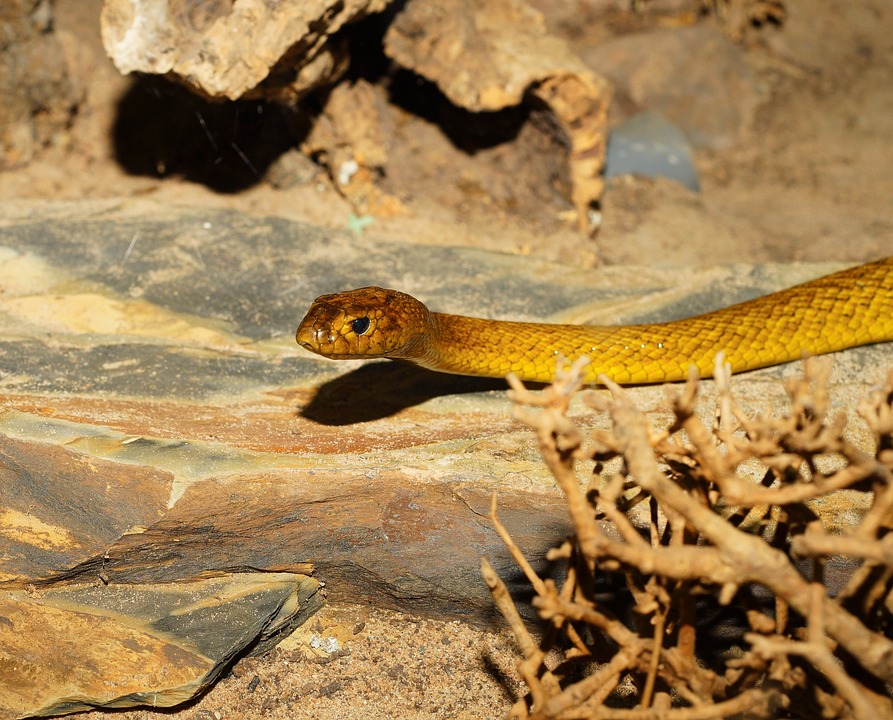Arachnids are a diverse group of eight-legged creatures that contain over 100,000 different species. Among them, the most infamous group of arachnids are spiders, which instill fear and fascination in equal measure.
An Overview of Venomous Spiders
While many spiders are harmless to humans, some species possess venomous bites that can cause severe pain, tissue necrosis, and even death. In this guide, we will take a closer look at some of the deadliest members of the arachnid family.
Black Widow Spider (Latrodectus spp.)
Found throughout the world, the black widow is arguably the most notorious venomous spider. Recognized by the red hourglass shape on their abdomen, these spiders are highly venomous and their neurotoxic venom can be fatal to humans if left untreated.
Brown Recluse Spider (Loxosceles reclusa)
Native to the United States, the brown recluse spider is another highly venomous species. Their venom causes tissue necrosis, and severe bites can result in large, painful skin ulcers that are slow to heal.
Sydney Funnel-Web Spider (Atrax robustus)
The Sydney funnel-web spider is notorious for their powerful fangs and highly venomous bite. Found in the Sydney region of Australia, their venom can cause rapid onset of symptoms and may lead to death if left untreated.
Brazilian Wandering Spider (Phoneutria spp.)
Considered one of the most venomous spiders in the world, the Brazilian wandering spider’s neurotoxic venom is powerful enough to kill a human with a single bite. These spiders live throughout South and Central America and are known for their aggressive behavior when threatened.
First Aid and Medical Treatment
It is important to know how to correctly treat a spider bite in case of an emergency. The following steps can help minimize the severity of venomous spider bites:
- Stay as calm as possible to prevent venom from spreading quickly.
- Immobilize the bitten limb with a splint or bandage to reduce movement.
- Apply a cold pack to the bite to alleviate pain and swelling.
- Seek immediate medical help, as antivenom may be required in severe cases.
Conclusion
While venomous spiders can be dangerous for humans, it is important to remember that the vast majority of spider species pose no threat and are beneficial to our ecosystem. By understanding the traits and behaviors of these fascinating creatures, we can learn how to coexist harmoniously and take necessary precautions when needed.
Frequently Asked Questions (FAQs)
How can I identify a venomous spider?
Some venomous spiders have distinctive markings or colorations, such as the black widow or the brown recluse. However, it can be difficult for non-experts to identify spiders accurately. If you are unsure about whether a spider is venomous, it is best to err on the side of caution and keep a safe distance.
Are venomous spider bites always fatal?
No, venomous spider bites are not always fatal. While some spider bites can cause severe symptoms and complications, many bites will only result in relatively mild symptoms, such as localized pain and swelling. Prompt treatment and medical attention can greatly reduce the risk of serious complications or death.
What should I do if I find a venomous spider in my home?
If you find a venomous spider in your home, it is important to remain calm and avoid any sudden movements that may provoke the spider. You can attempt to capture the spider using a glass jar and a piece of paper or call a pest control professional to safely remove the spider from your home.

No responses yet